Cheap Lithium Batteries vs TiStar: The Real Difference in Quality, Safety & Value
A question we often hear from customers is:
“Why are your batteries more expensive than others? I can buy the same capacity battery at a lower price.”
At first glance, it may seem like all lithium batteries are the same. However, when we examined a budget 12.8V 100Ah battery (sold for just over A$200), the differences became clear. What looks like a bargain can come with hidden compromises in quality, performance, and safety.
Here’s what we discovered—and why TiStar takes a different approach.
1. Cell Quality: A-Grade vs B-Grade
The cells are the heart of any lithium battery. This is where most cheap options cut corners.
Cheap Low Quality Cells
Not all lithium cells are built to the same standard. Cheap batteries often hide serious compromises behind attractive price tags. Here’s what we found when comparing a budget 100Ah battery to our TiStar T100 (12.8V 100Ah).
Lower Energy Density Cells
The budget 100Ah unit we tested weighed a hefty 15kg, while our TiStar T100 comes in at only 10kg. That extra 5kg doesn’t mean “more battery” — it actually reveals less efficient cells with lower energy density.
- Heavier weight = less usable energy per kilogram.
- Lower efficiency means more strain on the battery during use.
- This leads to shorter cycle life, weaker performance, and reduced endurance over time.
In short: a heavy battery at the same rated capacity is often a red flag for poor-quality cells.
B-Grade Cells (The Hidden Shortcut)
Another way cheap manufacturers cut costs is by using B-grade cells. These are cells that failed the strict quality tests required for A-grade certification. Issues may include:
- Inconsistent capacity between cells
- Higher internal resistance, causing heat build-up
- Poor uniformity, leading to imbalance during charge/discharge
To disguise these weaknesses, some manufacturers install oversized cells — for example, using 120Ah cells and labelling the pack as “100Ah.” While it may appear to meet the spec at first, the reality is:
- The cells degrade faster.
- The pack runs hotter under load.
- Lifespan is significantly shorter compared to true A-grade packs.
The End Result
Cheap cells may work out of the box, but over time they lose capacity quicker, heat up more easily, and fail long before premium-grade alternatives. What looks like a bargain quickly turns into a replacement cost.
High-Quality Cells: The TiStar Difference
Not all lithium cells are created equal. The quality of the cells inside a battery determines how long it will last, how safely it performs, and how much real value you get for your money.
What Are A-Grade Cells?
- Factory-approved: A-Grade cells are those that pass the manufacturer’s strictest quality tests for capacity, internal resistance, and consistency.
- Consistent performance: Each cell delivers uniform output, meaning the pack can charge and discharge evenly.
- Longer cycle life: While cheap B-grade cells may only last 1,500–2,000 cycles, true A-Grade prismatic cells typically deliver 4,000–8,000+ cycles when used correctly.
- Stable and safe: A-Grade cells run cooler, have lower internal resistance, and are far less likely to suffer from swelling, overheating, or early failure.
Why TiStar Uses Only A-Grade Prismatic Cells
At TiStar, we refuse to cut corners with lower-grade components. Every one of our batteries is built using A-Grade prismatic cells—the same standard trusted in utility-scale energy storage and premium EV applications.
- Prismatic design: Larger, flat cells that fit securely, reducing wasted space and improving stability compared to cylindrical or pouch alternatives.
- High energy density: More power in a lighter, more compact battery.
- Uniform construction: Ensures each battery delivers its full rated capacity without hidden compromises.
- Proven durability: Our customers get thousands of deep charge/discharge cycles, translating to years of reliable service.
The Result
By insisting on only the highest quality A-Grade prismatic cells, TiStar batteries provide:
- Longer usable lifespan
- Stronger, more consistent performance
- Safer operation in demanding conditions
- Better long-term value compared to “cheap lithiums”
In short: when you buy a TiStar, you know exactly what you’re getting—premium-grade cells built for serious performance and reliability.
2. Weak Battery Management Systems (BMS)
The Battery Management System (BMS) is critical for safety. Cheap batteries often use thin boards with undersized heat sinks.
- Poor thermal management raises the risk of overheating.
- Capacity loss happens faster under heavy use.
- In worst cases, it can lead to thermal runaway or fire.
TiStar batteries are built with robust, reliable BMS designs that ensure safety even under demanding conditions.
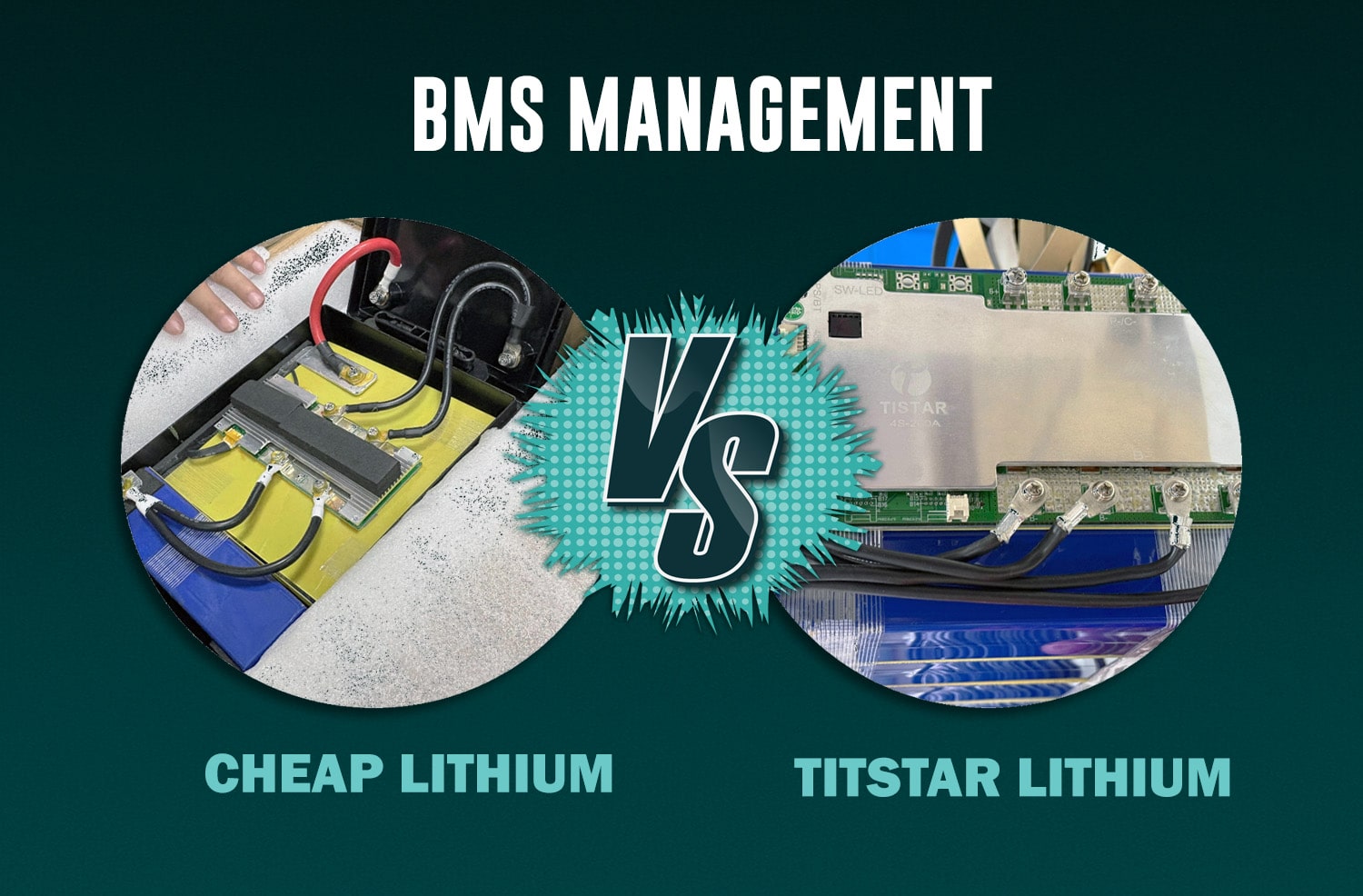
3. Workmanship & Cell Arrangement
How the cells are arranged makes a big difference. Cheaper batteries tend to cut corners in assembly. Cells may be placed haphazardly without proper design considerations, which results in imbalanced charging and discharging. Some cells end up overcharged or over-discharged, accelerating degradation and reducing the overall reliability of the pack.
- Cheap units: Cells are often placed haphazardly, causing uneven charging and discharging. Some cells get overworked, leading to early failure.
- TiStar: Precise cell arrangement ensures balanced operation, even current flow, and longer-lasting performance.
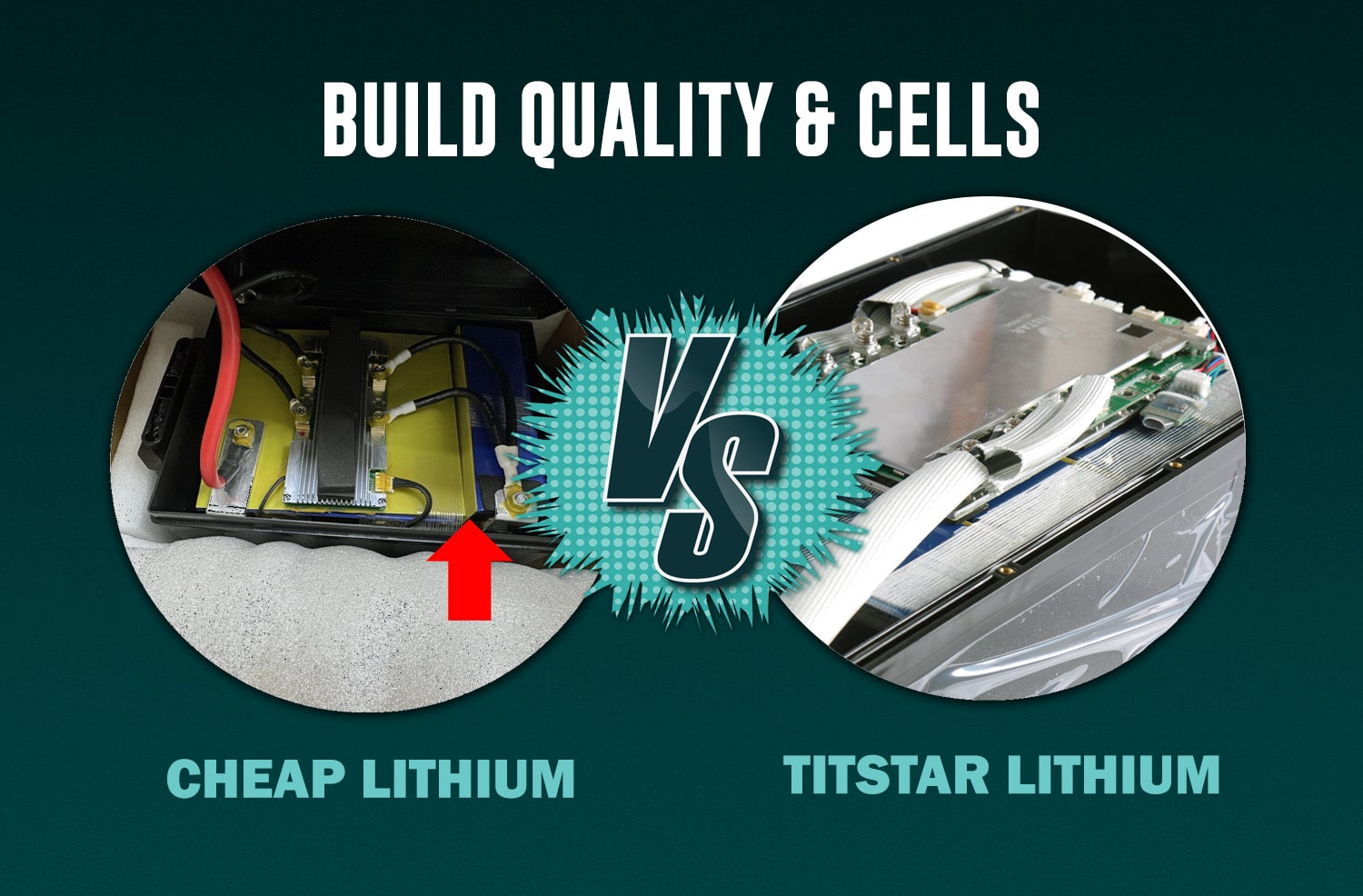
4. Structural Materials & Epoxy Boards
Even structural details show clear differences.
- Low-cost batteries: Epoxy boards are often hand-cut, leaving rough edges. This weakens stability and increases the risk of internal short circuits.
- TiStar batteries: We use machine-cut epoxy boards for clean, uniform edges. This boosts both safety and durability.
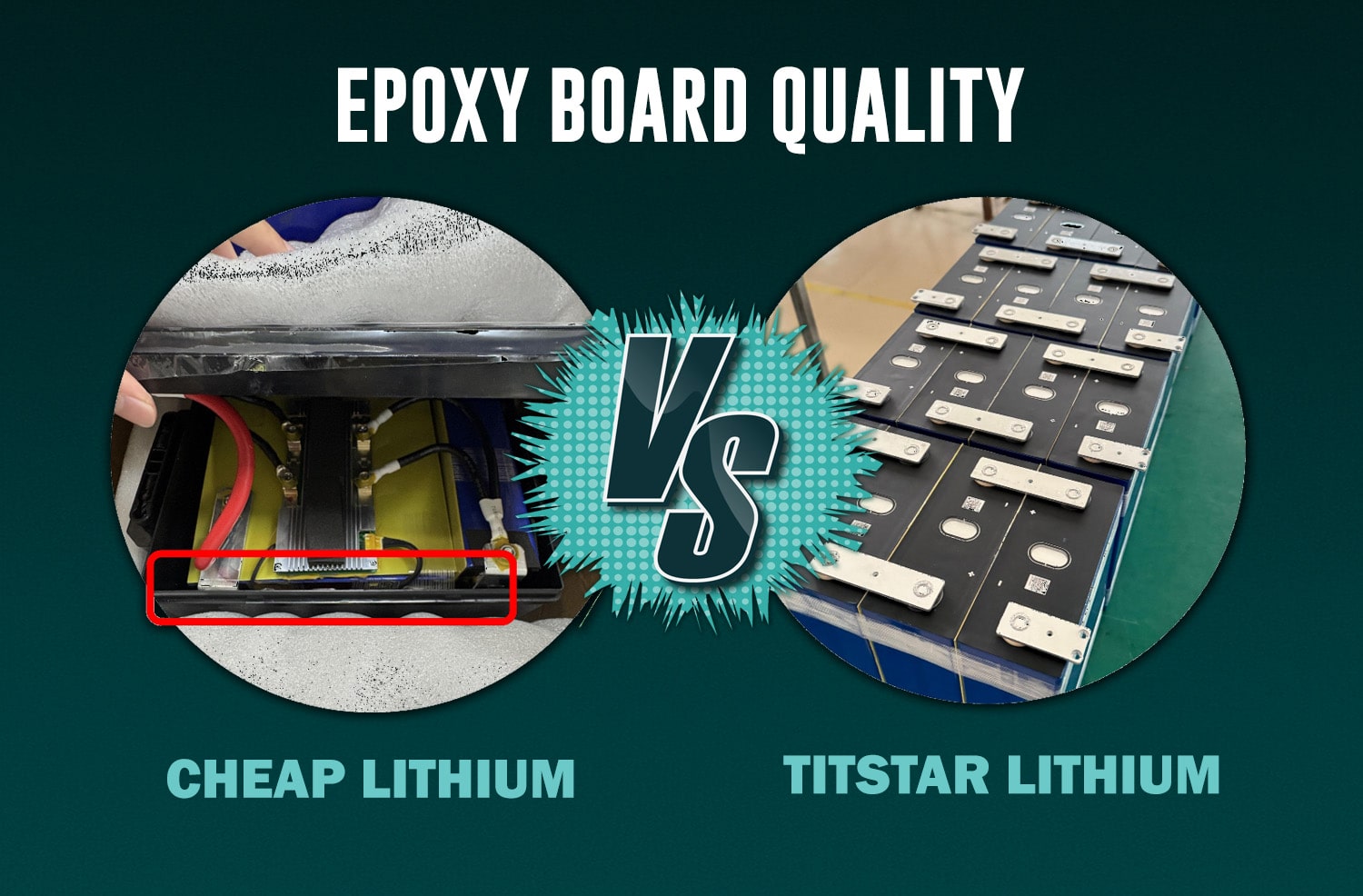
The Bottom Line
Yes, you can buy a battery with the same “labelled” capacity for less money. But the trade-offs are clear:
- Shortened lifespan
- Lower performance
- Higher safety risks
TiStar Lithium Batteries strike the balance between premium performance and affordability. Built with A-grade cells, robust BMS, precision assembly, and strict quality control, they deliver reliable performance, long service life, and—most importantly—safety.
That’s why our pricing sits in the mid-range: more affordable than luxury brands, but far superior to budget options. It’s not just about the lowest price per amp-hour—it’s about real value and peace of mind.












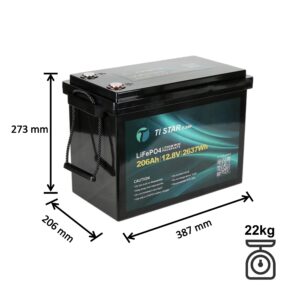
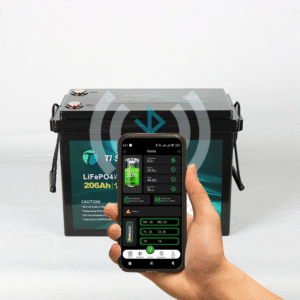








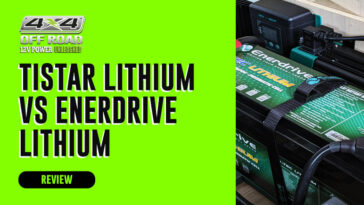
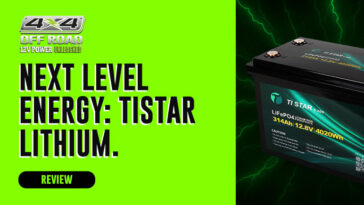

 No products in the cart.
No products in the cart.